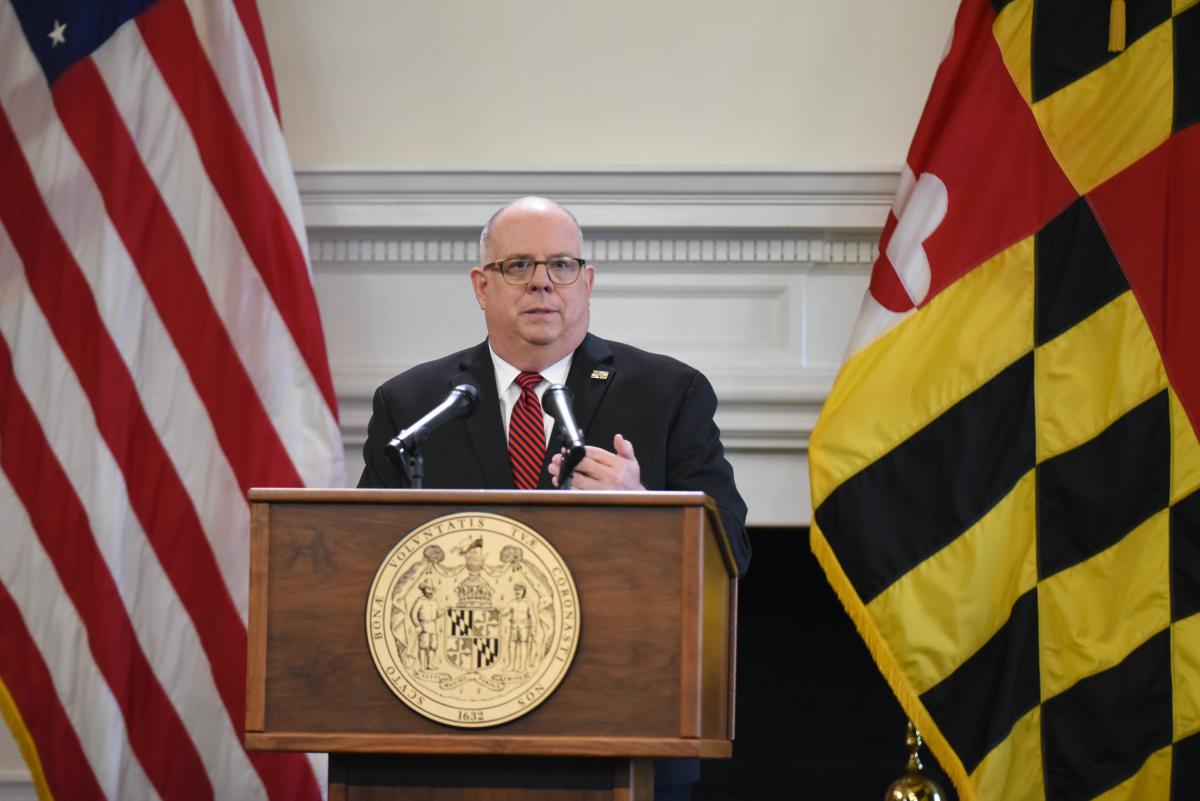With a new University of Maryland Baltimore lab set to greatly expand the state’s COVID-19 testing capabilities, Gov. Lawrence J. Hogan Jr. (R) announced Wednesday that many business establishments can reopen beginning Friday evening.
Phase 2 of the state’s economic recovery “roadmap,” which takes effect at 5 p.m. on June 5, permits manufacturing, construction, retail establishments, “specialty vendors,” wholesalers and warehouses to allow employees to resume operations as long as they undertake efforts to reduce social interaction and keep work environments clean.
A variety of offices — including information technology companies, law offices, accounting firms, banking and financial institutions, insurance agencies, design studios, advertising and architectural firms, and media production companies — can also reopen their doors.
Also getting the green light to reopen:
- real estate offices
- travel agencies
- auto dealer showrooms
- bank branches
Nail salons, massage therapists, tanning salons and tattoo parlors may resume operations at up to 50% capacity and on an appointment-only basis — and with appropriate health guidelines.
The state Motor Vehicle Administration will open select branches on an appointment-only basis.
The governor said the move to Phase 2 was made possible by an increase in testing capability, a drop in the state’s coronavirus “positivity” numbers and a gradual but steady decline in hospitalization rates.
By week’s end, the state will have conducted more than 400,000 tests, Hogan said. In a dig at the White House, the governor said the federal government failed to make federal labs available to the state, despite a pledge from the president.
“Although the White House publicly offered the use of federal labs, after several months of effort, the reality is that we still have not been able to access any of them,” he said.
Hogan announced that the Institute of Genome Sciences at the University of Maryland Baltimore School of Medicine has converted a research lab into a “full-scale clinical testing” operation that “will be the backbone of our sustained, long-term testing strategy.”
The governor said companies that reopen their doors must adhere to local, state and CDC guidelines for reducing the spread of COVID-19 to workers or customers.
That means face coverings should be worn during face-to-face interactions, temperature checks, rotating or altering employee shifts, and shortening the workweek where possible.
Companies that can utilize telework should continue to do so, Hogan said.
As with the state’s move into Phase 1, Hogan’s order gives counties the option of moving in tandem with the state or advancing at a later date.
Local leaders didn’t know of Hogan’s plans until he announced them at a 4 p.m. State House news conference on Wednesday.
Several of Maryland’s larger counties made the move to Phase 1 later than those in less-populated jurisdictions and were reviewing the governor’s decision late Wednesday.
Sean Naron, a spokesman for Baltimore County Executive John A. Olszewski Jr. (R), said the county “will be evaluating the announcement made today, consulting with experts, and identifying next steps in the near future.”
In Howard County, Executive Calvin S. Ball (D) said his jurisdiction would adopt Phase 2 on Friday.
“We continue to see progress on the building blocks needed to reopen safely and effectively,” he said in a statement. “We expect our case numbers to increase as we test more of our population and we will be keeping a close eye on our hospitalization, ICU and ventilator rates over the coming weeks.”
Within moments of Hogan’s announcement, Harford County Executive Barry Glassman (R) said his county would take full advantage of Phase 2.
Hogan’s order leaves bars and restaurants closed, except for outdoor dining and carryout. Churches may only operate at reduced capacity. Gyms, casinos and indoor movie theaters remain closed.
Transit schedules “will begin to return to a more normal schedule” under Phase 2 and the state Department of Education will continue with its gradual plan to reopen child care centers.
By Bruce DePuyt


